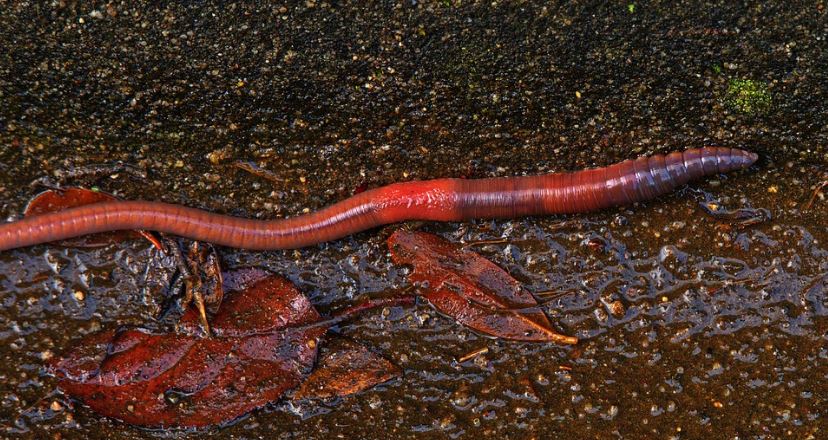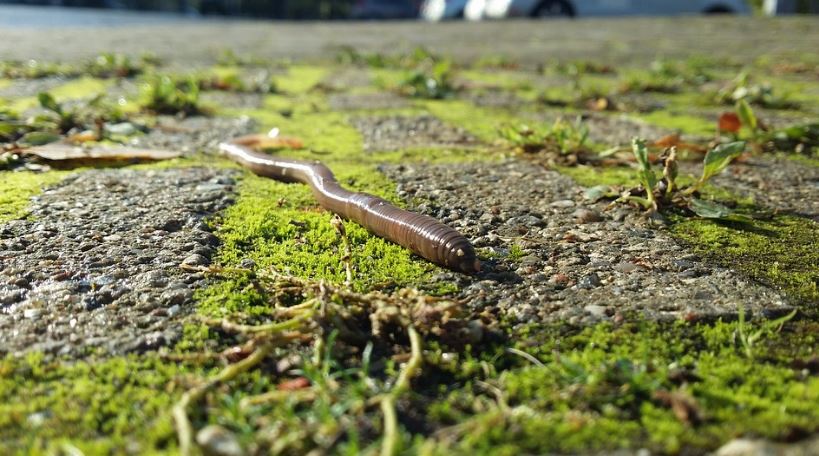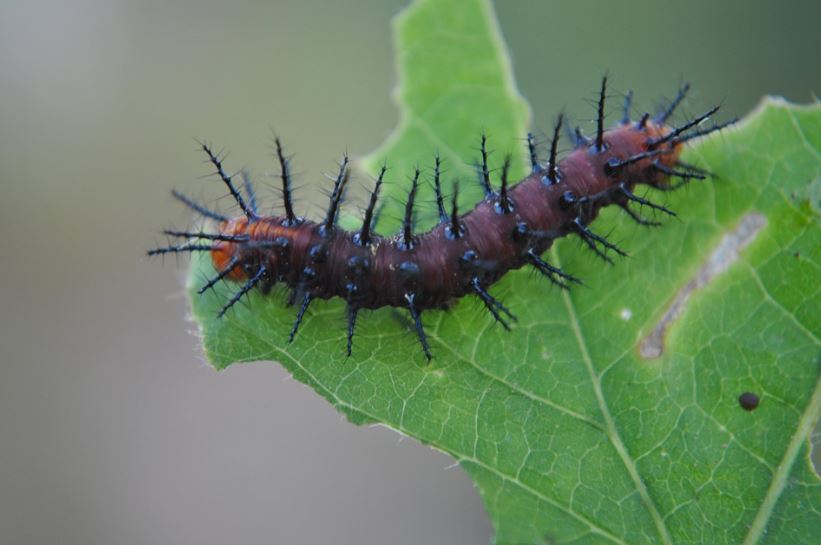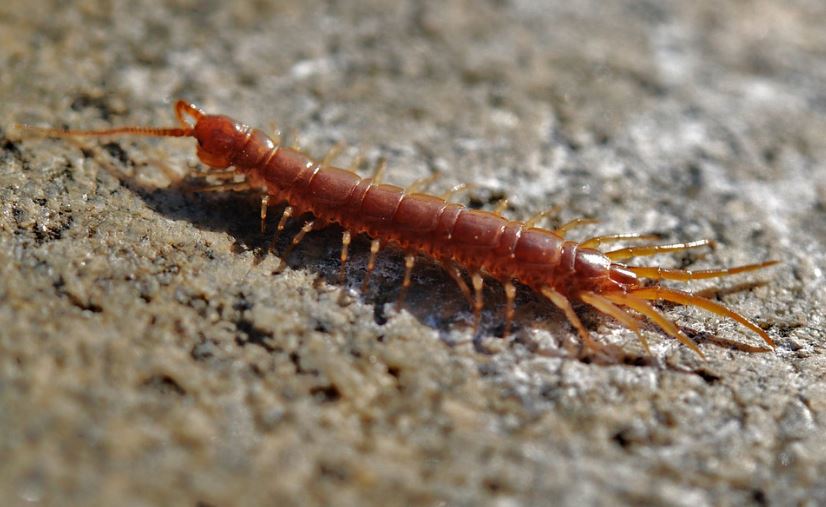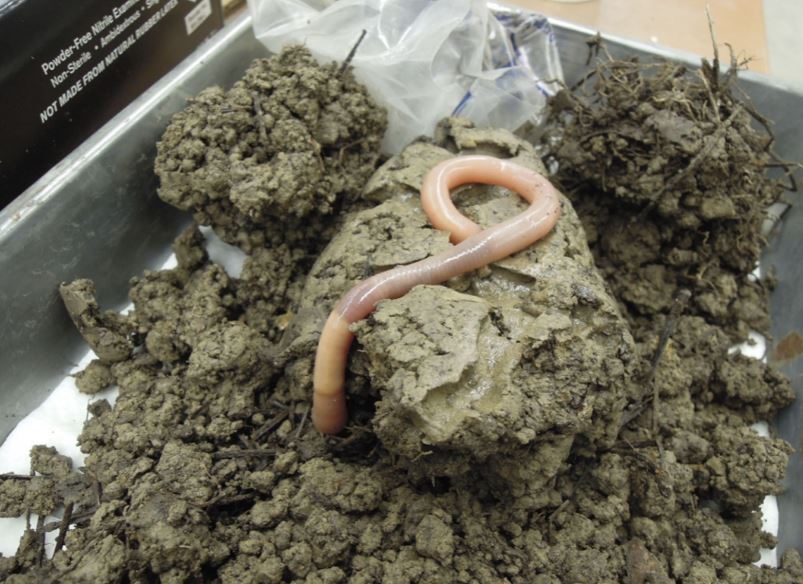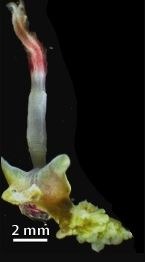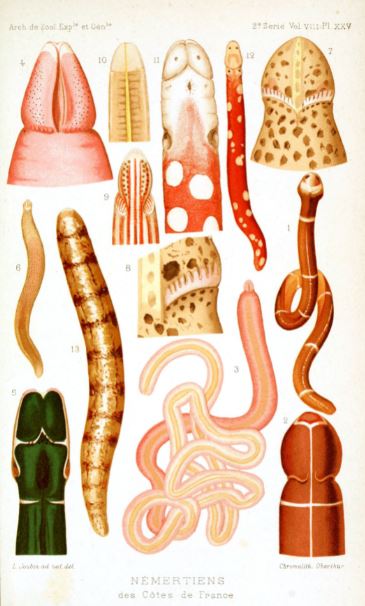Many people only talk about common earthworms when they think about worms. Earthworms are common organisms and exist classified into three types.
However, there are types of them and, some are creepy and strange. The types of worms, such as flatworms and segmented worms, are strange, unusual, and will undoubtedly frighten you out!
What Are Worms?
Worms are invertebrate animals with no separate limbs and long, cylindrical or flattened bodies. They live in environments, including marine and freshwater, inside plant and animal bodies, and on the planet. They dwell on or in another living entity or are free-living.
Worms and Parasites
Worms and parasitic organisms are two different types of biological beings. The main distinction between worms and parasites is that not all worms rely on another living thing to survive. On the other hand, Parasites exist reliant on other living things to remain.
As a result, do not mix Worms and parasites in almost the same living organism.
Types of Creepy Worms
We would not suggest reading this over your lunch break or if you cannot handle a little terror. The varieties of creepy worms listed below can provide you with enough insight to give you a fresh perspective on your surroundings.
1. Pig Butt Worms
Well, because of its name, the hype may have dived. We are sure that it made you chuckle!
In 2007, biologists at the Monterey Bay Aquarium Research Institute first described the pigbutt worm, also known as the flying buttocks worm. Moreover, the name was found more convincing since its shape resembles buttocks!
They were found in the Oxygen Minimum Zone (OMZ), where the water’s oxygen saturation is lowest.
Pig Butt worms belong to the Chaetopteridae family. They are segmented yet have an inflated midsection like their family members. Pig Butt worms are about chestnuts and are likewise bigger than most of their family.
2. Palouse Earthworm
A Giant Palouse earthworm is a little-known creature and belongs to the Driloleirus americanus, Specie. Eastern Washington and western Idaho are home to the Palouse earthworm. Palouse Worms can reach a length of 3 feet and delve 15 feet below the ground!
Driloleirus americanus was discovered in 1897 and thought to be extinct until the 1980s. Last year, two specimens of Driloleirus americanus got located. However, they were killed and damaged before a careful diagnosis.
3. Strange Flatworm
You could be wondering that the ones you have read so far are unusual as well, so how does this differ or receive its name?
On discovery, scientists were puzzled on how to label it since it lacked a mouth and organs. DNA tests revealed that it was related to mollusks, but further research revealed that the worms may have eaten the mollusks.
Soon this worm was labeled as strange since the morphology of this primitive worm is the only feature it shares in common with other worms.
Strange Flatworms are acoelomates (without a body cavity) and lack specific circulatory and respiratory organs. The result is the restriction of nutrients to flow through via diffusion, unlike other bilaterians.
Moreover, strange flatworms have statocyst, which maintains its orientation. It is the most well-organized internal structure of a strange flatworm!
4. The Bone-Eating Worm
In 2000, deep-sea explorers discovered a whole ecosystem surviving on a whale carcass in a depth of 9,400 feet.
The Flatworm got its name from the fact that it lived and ate the bones of deceased animals. It was classified under the Osedax rubiplumus Species.
The Osedax species has no gut or mouth; they use the roots to extract nutrients from the bones. It got recorded that the bone-eating worms used plumes as their roots. Furthermore, the male worm that lived inside the female worm wasn’t a character of the osedax species. The scientist kept researching this species to find more worms like bone-eating worms. As a result, 12 osedax have been identified. However, none had male worms inside female worms.
5. The Ribbon worm
Do you recall the video of a green-colored worm from the summer of 2015? That green worm drew everyone’s attention, and it got dubbed “gross,” “alien,” and “strange creepy worm.” It turned out to be a ribbon worm.
Ribbon worms are believed to be one of the 1400 phylum Nemertea species, also known as proboscis worms.
A ribbon worm is also a probosci’s worm because it is a voracious predator whose retractable appendage grabs a hold and pulls prey inwards. They often secrete a potent neurotoxicant to lessen the struggle. Its length will stretch too many times its initial length as it shoots out its proboscis!
6. The Giant Blue earthworm
The giant blue earthworms are native Australian earthworms found in bass river valleys. They belong to the species of Terriswalkeris terraereginae.
They measure approximately 1 metre in width and3 metres in length with a weight of 200grams. They are called blue because of their blue-grey body. However, they have a dark purple head with 350-400 body segments.
The giant blue earthworms live in an environment that provides the water to respire. Moreover, they survive by feeding on roots and organic matter from the soil.
Bottom Line
Worms are strange creatures compared to the animals we are usually acquainted with. Some aren’t simply creepy, but they also have odd names.
Take a look at interesting facts about glow worms to learn more about your interests!
